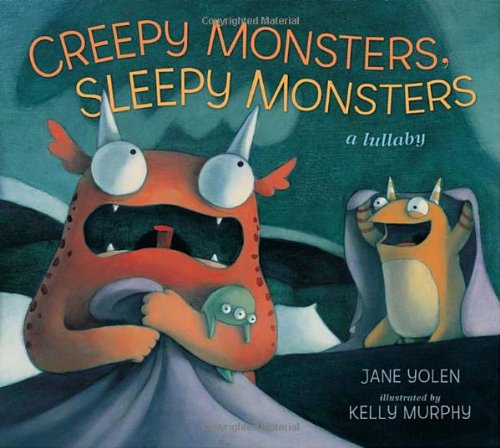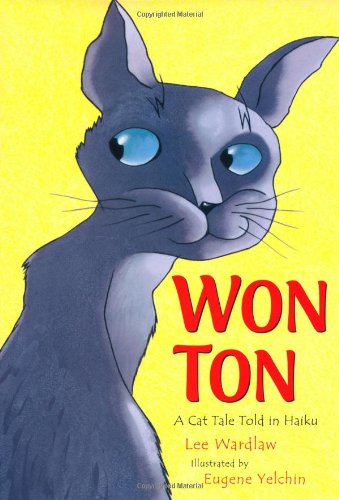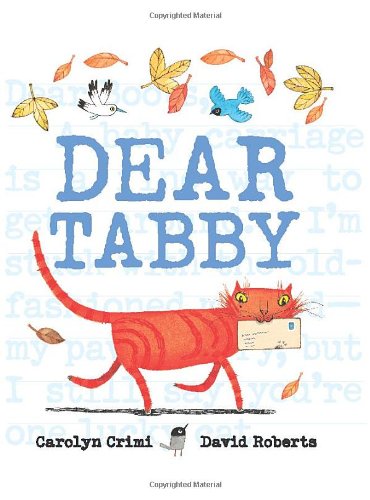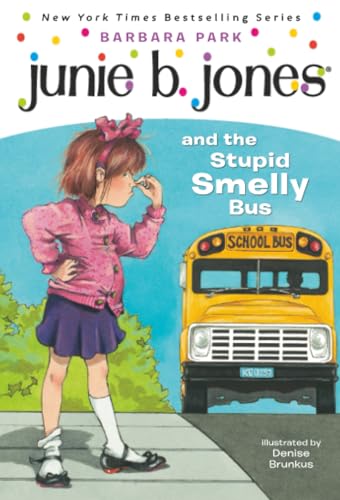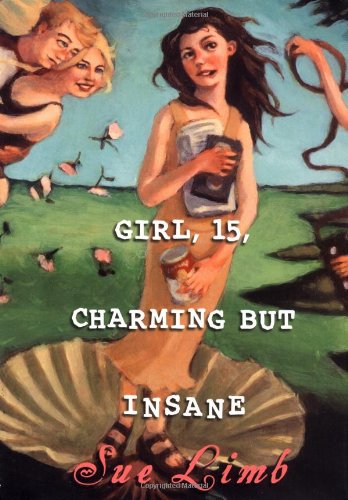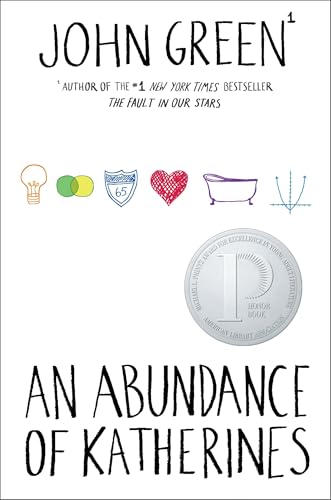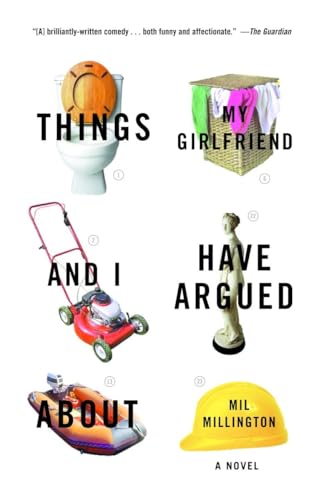Well, this is embarrassing. I thought I’d finished and posted this and have not been paying enough attention to notice that was not the case. Kinda shows how things have been going lately. While I could be critical of myself, I will instead focus on the session I attended on critical reviews. (See what I did there?)
Presented by
Kelly Jensen and
Julia Riley in the room and
Abby Johnson and
Janssen Brandshaw through the wonders of technology (Skype, I mean. They weren’t like robots or anything.), the session took on what we’ve only spoken about in whispers: What if the book isn’t good? The team immediately reframed the conversation from “negative” to “critical” reviews, putting the emphasis on analysis of the book. They covered ways to pull out discussion of pacing, characters, dialogue, plotting, language, phrasing, voice, and content. They reminded us of the need to notice and address whether to share specific content or spoilers, and to think of the audience of both the book and the review in making these decisions. The talked about avoiding snark, which is a little sad for me as my best line is from reviewing a glittery picture book and stating that
my hands looked like I had bitch-slapped Tinkerbell.
Jen Robinson and
Carol Rasco did a great job covering the many ways to get your blog out into the eyeballs of readers. Jen went through subscriber emails, newsletters, Facebook, Twitter, and Feedblitz. She also talked about following lists and keywords on Twitter — like #kidlit and #cybils — to keep in and be part of the conversation. Carol talked about her own rule-breaking experience in her organization blog for
Reading Is Fundamental.
The last session of the day was highly energized, both by the topic of diversity and by the moderator,
Lee Wind. With incredible authors
Brent Hartinger,
Sara Ryan,
Justina Chen, and
Sarah Stevenson. The panel discussion started with the provocative question, “Who has the ‘right’ to write a minority story?” And it stayed with that honest tone throughout, pointing me to resources like
Writing the Other and
Microagressions.com. It gave me the idea that what is dangerous about a stereotype is that it is a single story that limits, while putting out a multitude of stories expands the experience for the reader. There was much talk about speaking your own truth, and yet also turning to research. Honestly, this is an incredibly hard session to capture as the discussion, the fact that we can have the discussion, was a huge component in itself.
The day ended with a pre-dinner happy hour, where I spent some time with
Amber Keyser, writer of
AngelPunk. Very interesting lady, and just as game as I was to move the discussion over toward
Scott Westerfeld. I mean, literally move over to where he was, as opposed to discussing him (though Els discusses his speech very well at
Tor). You don’t have a writer that cool, that interesting in your midst and not try to engage him. (I had made a good attempt at lunch as well, but it’s never enough.) We chatted books, New York City, and celebrity encounters before heading to dinner. I sat with my old crowd, but did chat with
Martha Brockenbrough, though not nearly enough. After dinner, it was back to the lounge for more wine and hanging out (though sadly, no more Scott Westerfeld) and yes, one more drink at the KidLitCon Command Center before officially closing out the day and the conference.
Thanks to
Colleen and
Jackie for all the work that went into putting KidLitCon Seattle together! See you all next year at KidLitCon NYC!


